Txacolí
Txakolí is a special wine, linked from time immemorial to the culture of the Basque people, a young, year-old wine that has existed for centuries. The origin of the word “txakoli” most likely comes from the Basque “etxakoa”, meaning “homemade” or “wine made in the caserio”. The singularity of Txakoli DO wines comes from the natural characteristics of the area in which the grapes are grown: near the coast, where vineyards have existed for thousands of years. Low mountains near the Cantabrian Sea, a gentle Atlantic climate, and the native grape varieties, ideally suited to the environment in which they are grown, especially the Ondarribi Zuri, give txakoli a special personality, distinct from other wines. The savoir faire that comes from wise tradition, careful elaboration, meticulous controls and qualification ratings guarantee their quality and special characteristics. Ever since qualifying as a denomination of origin, demand for txakoli has grown year by year. This has helped the grape-growing and wine-making sector improve sustainable growth and balance, and has meant that txakoli is now available in the most important national hotels and specialized establishments, making it a growing international presence. Current production has now reached a volume of 4,000,000 bottles.
Until recently, Txakoli de Getaria DO included the production of three coastal towns: Getaria, Zarautz and Aia. It now includes other municipalities of Gipuzkoa. The Ondarribi Zuri grape, used for white wine, makes up 80-90% of production, with the Ondarribi Beltza grape making up the other 10-15%, for the less-extended elaboration of rosé and red wines. Getaria Txakoli is a young, strawcolored, fruity wine with an average alcohol content of 11 percent and a characteristic slight acidity. It is traditionally served by pouring it high into the glass. Thus, the full range of fruity aromas of this lightly carbonic wine can be fully appreciated. A characteristic in the elaboration of Getaria txakoli is that, after fermentation, it reposes on the lees. To maintain the slight bubbly quality, the wine is not moved but is clarified by natural sedimentation in the original vat. Average annual production of Getaria txakoli is 2,200,000 bottles.
Rioja
Mediterranean wine culture was, in the Middle Ages, closely linked to the monastic life, as their major broadcasters were the monks. The first document to make reference to protecting and ensuring the quality of Rioja wines dating from 1650, even before in 1102, King Sancho of Navarra legally recognized our prestigious wines. In 1787 was created the Royal Economic Society Rioja Growers, aimed at promoting the cultivation of vines, wine production and trade development. Already in the twentieth century, in 1902, was issued a Royal Decree which defined the "origin" for application to the wines of Rioja. In 1926 he decreed the creation of the Control Board whose mission was to identify the area of Rioja, control the issuance of the "seal of guarantee" and recommend legal action be taken against infringers and counterfeiters of the name "Rioja". However, until 1945, the agency would not be legally structured. Finally, the Control Board was constituted in 1953, and thus began to lay the foundations for a modern and efficient performance. In the evolution to the present Rioja wine is the approval in 1970 of the Rules of the Appellation of Origin and its Regulatory Board. In the same year when the agency acquired a well-defined structure and functions: "The defense of the Denomination of Origin, implementation, monitoring and promoting the quality of the wines covered were mandated, first, the Control Board." After several amendments to the Regulation Governing the Control Board, which have been adapted to the needs raised in recent years, quality control systems have been perfected and also has enhanced the promotion. After a long process in which the Denomination of Origin "Rioja" always bet on the quality and control at source, this effort reached its recognition. On 3 April 1991 a Ministerial Order granted the status of Qualified Denomination of Origin 'Rioja' first and only in Spain that has this range.
Most Rioja wines typically come from the harmonious combination in varying proportions of the various grape varieties grown in the Wine Region’s different sub-areas. These are fresh, medium-bodied, well-balanced wines and with a pleasant aromatic composition and an excellent bouquet.
Classic, bright wines with a fresh, penetrating aroma; light in the mouth with medium alcohol content. They are made primarily from Tempranillo grapes.
Lively pink wines with a strong fragrance. They are light and fresh in the mouth, with medium alcohol content. They are made primarily from Garnacha grapes.
Greenish-yellow, which can be more or less pale. They exhibit fine aromas and prove light in the mouth with fairly low alcohol content. They are made primarily from Viura grapes.
Wines in their first or second year, which keep their primary freshness and fruitiness.
Wines which are at least in their third year, having spent a minimum of one year in barrels and a few months in the bottle. For white wines, the minimum barrel ageing period is six months.
Selected wines of the best vintages with an excellent potential that have been aged for a minimum of three years, with at least one year in barrels. For white wines, the minimum ageing period is two years, with at least six months in barrels.
Selected wines from exceptional vintages which have spent at least two years in oak barrels and three years in the bottle. For white wines, the minimum ageing period is four years, with at least six months in barrels.
Ribera de Duero
The ancient inhabitants of the region already knew it. This inimitable land produces something inimitable. The art of winemaking in the Ribera del Duero. The story of the Ribera del Duero has run in parallel with the union of vine and wine, the fruit of the varieties that stud its landscape, the personality of its people and their culture. We have to go back no more than 2,000 years to find the first reference to winemaking in the zone: a Roman mosaic of 66 square metres, considered the largest piece bearing Bacchic allegories of the Peninsula, that was discovered in Baños de Valdearados during the grape harvest of 1972. The Designation of Origin as we know it today, came out of the initiative of a series of vine-growers and winemakers wanting to improve the vineyards and wine quality of Ribera del Duero. The first Minutes in the archives of the Regulatory Council date from 23 July 1980, from which date that Organism came into being with a provisional nature. Two years later, on 21 July 1982, the Ministry of Agriculture, Fisheries and Food awarded the Designation of Origin to Ribera del Duero and approved its first Regulations. From then, the implementation of new growing practices, the introduction of the most modern technologies into winemaking, and the rigorous control processes applied by the Regulatory Council, have made Ribera del Duero a synonym of quality.
From Young to Grand Reserve... Among over 1200 brands that bear the seal of the Ribera del Duero Designation of Origin, there is a wine of great quality for each person and each occasion. The wines produced and created in accordance with the Regulations of the Ribera del Duero Designation, to be entitled to use this name, must be subjected to and pass a rating process developed by the Regulatory Council. Each batch of wine produced in the Ribera del Duero Designation of Origin in a certain season is subjected to controls which include instrumental analysis (physical, chemical and biological) and organoleptic analysis.
These are made with at least 75% of grapes of the Tempranillo variety, also known as Tinta del Pais or Tinto Fino. In addition, the proportion when combined with Cabernet-Sauvignon, Merlot and Malbec if these are used, should not be lower than 95%. Consequently, the Garnacha Tinta variety, just like the Albillo, cannot make up more than 5% of these wines.
Preparation of rosé wines uses at lest 50% of the authorised black grape varieties.
Each bottle of Ribera del Duero is exclusive. It houses an inimitable wine that has passed rigorous controls before reaching consumers. The Regulatory Council of the Ribera del Duero Designation of Origin accredits this with a stamp and numbered back label of authenticity and quality for the wines it protects. These distinctions guarantee their production and commercialisation in a secure and reliable way. Unique and unfalsifiable. Each back label of the Ribera del Duero Designation of Origin incorporates a series of security measures that make illicit reproduction practically impossible. There are 5 back labels which are colour-coded according to the type of wine. The new institutional image of the D.O. Ribera del Duero has adapted to the two existing back label formats: a bigger one, square, and a smaller rectangular one, so that each winery can choose that which it prefers.
Wine not stored in wood, or with no more than 12 months in barrel. It reaches the market a few months after harvest.
Wine that has been at least 12 months in oak barrel and that is commercialised after October the 1st of the second year following the harvest.
This is a wine with 36 months of aging in barrel and bottle, with at least 12 months in barrel. It reaches the market after December the 1st of the third year after harvest.
This is a wine with 60 months of aging in barrel and bottle, with at least 24 months in barrel. It reaches the market after December the 1st of the fifth year after harvest.
Fermented in the absence of grape skins, this can be enjoyed shortly after harvest.
Bierzo
Bierzo county is located in the northwest of the province of León, in the Castilla y León region, and covers an area of 2954.28 km, which accounts for 18% of the provincial area. Geographically it borders the provinces of Ourense, Lugo and Asturias and it is a main connection between Galicia, León and Asturias. Bierzo's vineyards is characterized by fragmentation of parcels and smallholder plots, vines on slopes, from 450 to 800 meters whose are oriented to the four cardinal points. Bierzo vineyard's soil stabilise from Miocene materials coated by a layer of Quaternary. Texture is silt loam, moderately acidic, its pH is close to 5.5, with the absence of carbonates, typical of humid climates. The soils on slopes are made of a mixture of minerals, quartzite and slate. The Bierzo is a very special and suitable microclimate for vine growing. The natural barrier of Sierra de los Ancares calm the force of the Atlantic storms and produces a continental climate with the influence of the Ocean. The annual rainfall is 721 mm and the average temperature of 12.3 ° C, recorded minimum temperatures of 3.6 ° C in the cold months and maximum of 23.6 ° C in the hottest months. The annual average insolation is estimated between 2,100 and 2,200 hours of sunshine..
Bierzo wines have their own personality. They are wines with terroir that tell about a unique territory with genuine characteristics that we can find in the tasting and when we share a glass of wine.
Bierzo's white wines are maded mostly with the main varieties Godello and Doña blanca, and are complemented by Palomino and Malvasia in different percentages.
Made from a 50% Mencía and mixing red or white grapes.
First or second year wine made of at least 70% Mencía and are characterized by their intense color and velvety taste.
Aging process must be at least of two years which must stay a minimum of six months in oak barrels of less than 1,000 liters.
Aging process must be at least of three years which must stay a minimum of twelve months in oak barrels of less than 1,000 liters. White and rosé wines aging six months in oak and eighteen months in bottle.
Aging process must be at least of five years which must stay a minimum of eighteen months in oak barrels of less than 1,000 liters and the remaining period in the bottle.
Ribeiro
The Denomination of Origin Ribeiro is located in the southern Galicia, in the northwestern edge of the province of Ourense, at the confluence of the valleys formed by the Miño, Avia and Arnoia Rivers. It has an area of 2,800 hectares of vineyards located in the municipalities of Arnoia, Beade, Boborás, Carballeda de Avia, Carballiño, Castrelo de Miño, Cenlle, Cortegada, Leiro, Ourense, Puxín, Ribadavia, San Amaro and Toén. The vineyard extends from 75 to 400 meters of altitude in the valleys and steep slopes saved by terraces called socalcos or bocaribeiras, following the contours. WEATHER: The peculiar climate is favored by natural barriers and its southern situation in Galicia, which protect the territory of sub-Atlantic storms and provide an ecoclima of humidity and warm temperatures of 14.5 ° C on average. It has intermediate characteristics between the Oceanic and Mediterranean climates that allow the fruit of the vines mature, retaining flavor and acidity. The average annual rainfall is 950 mm but with features that manifest the Mediterranean climate to register low levels or absence of rainfall during three months a year, coinciding with the period of the grape maturation. The annual average insolation is 1915 hours, 40% of them between July and August and only 8% during December and January. SOIL It has an average depth between 70 and 100 cm, fundamentally composed by granite with the presence of stones and gravel that improve the soil macrostructure. The organic content ranges between 2 and 4% for the topsoil and usually below 3% in the subsoil. PRODUCTIVE STRUCTURE: The average production of the Denomination of Origin is 14 million kg. of white grape and 2 million kg. of red grapes produced by 99 wine cellars, 72 out of them are "Adega de Colleiteiro" (they only produce wines from grapes of their property, not being able to buy grapes and exceed a production of 60,000 liters ).
Ribeiro wines are born of the vineyard, the soil and the blend of unique, native varieties, which have been adapted over the centuries to the characteristics of the Denomination of Origin to achieve its best. Ribeiro wines are the result of the wise combinations of their indigenous and endemic grapes, possessing a strong personality that makes them unique, peculiar. These aforementioned characteristics of Ribeiro make excel in today's wine market, dominated extremely homogeneous, monotonous and little personality wines.
Represent over 85% of production of the Denomination of Origin. Clean and transparent wines. Its shades cover different yellows, from pale to straw, often with greenish reflections that speak of his freshness. Lavishing exquisite aromas of various fruits, flowers , balsamic, spicy. Wonderful palate with a smooth and fresh swallow, good persistence and harmony. The Ribeiro whites are associated to shellfish and fish and is also perfect pairing with soft cheeses and white meats.
Less than 15% of the total production. Visually very fresh with bright shades of red cherry and intense purple hues denoting its freshness. Intense while elegant dominated by fruity reminiscent scents of red and black fruits, floral notes of violets and rose petals, fine lacteal, licorice, spices, balsamic. Palate is very expressive, with excellent character and powerful tannic with a touch of acidity that enhances its freshness and balance and with great persistence. Perfect for all kind of meats, cheeses, cured meats, and smoked food.
Sweet wine produced only with the wort of the best grapes conveniently raisined under covered. Its production is very small, laborious and complex, resulting in a jewel of oenology of unique features. Bright and sharp viscosity with toasted trendy colors, ranging from gold, amber, to mahogany. Intense, extremely complex and peculiar, with excellent integration with the wood used in the maturation process. Dried fruits, nuts, honey, yellow flowers, quince, candied orange peel, ripe melon are distinguished when smelled. Tasting are concentrated, with a pleasant sweet and warm entrance. Oily and velvety with a magnificent and intense aromatic aftertaste. Harmonizes perfectly with all kinds of sweets, chocolates, nuts, cheese, foie, ice cream and generally sweet meals.








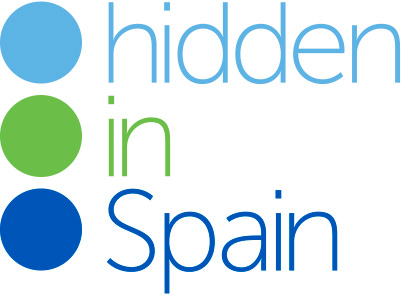






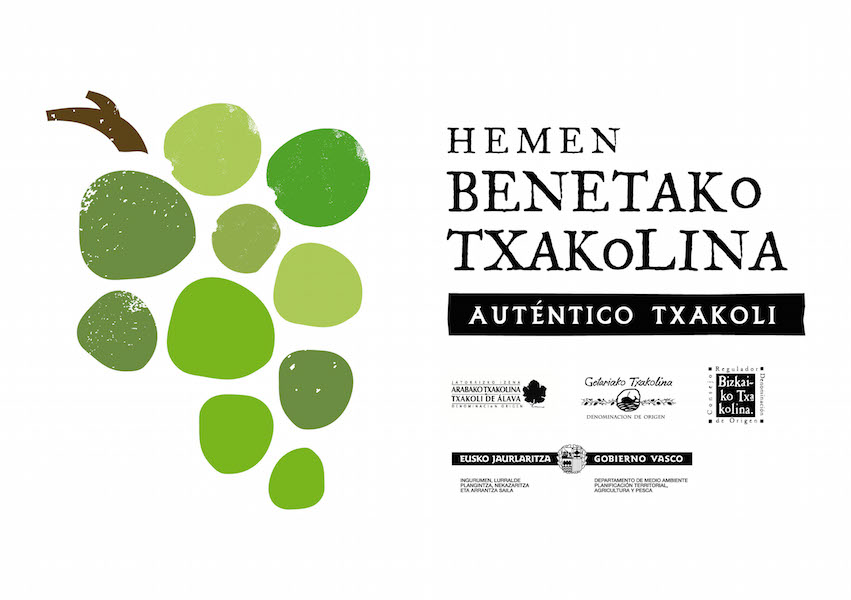
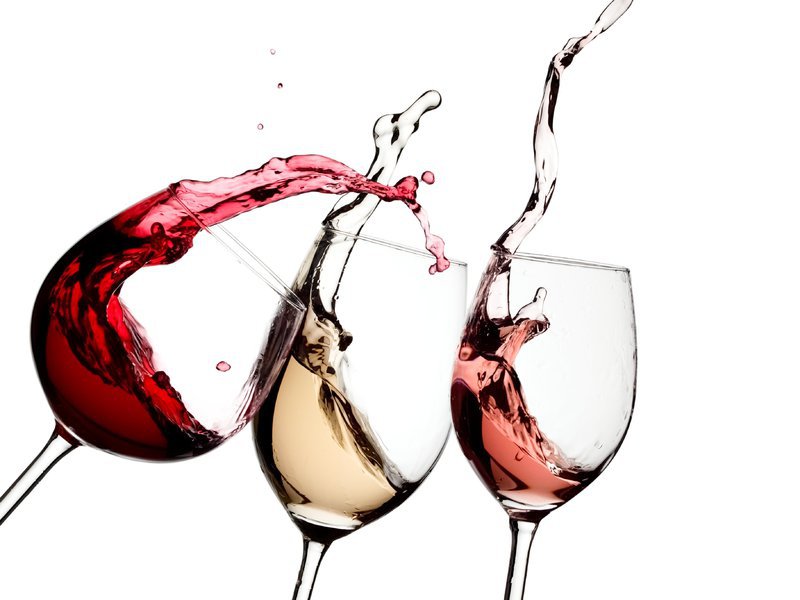
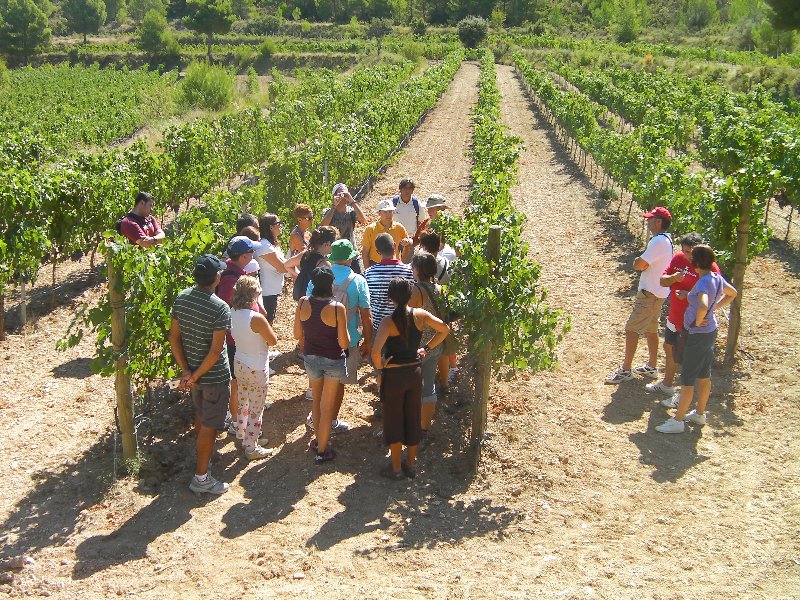

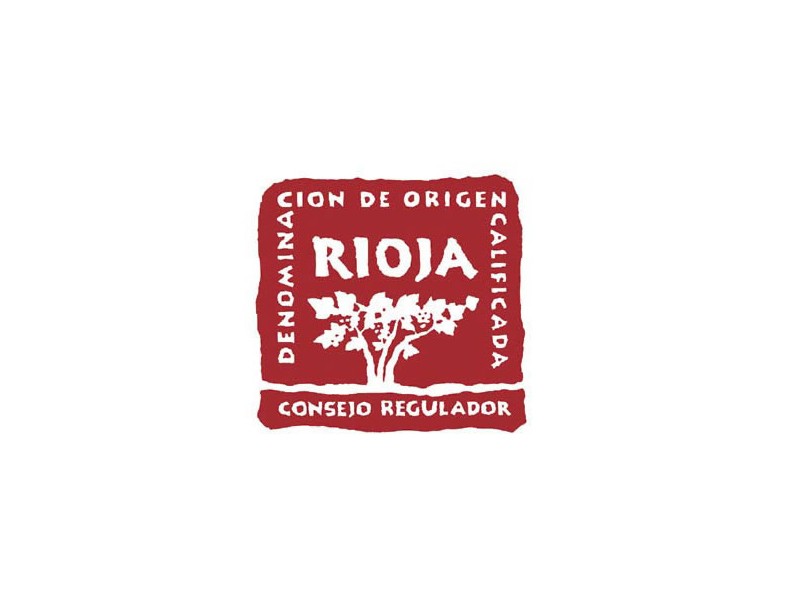


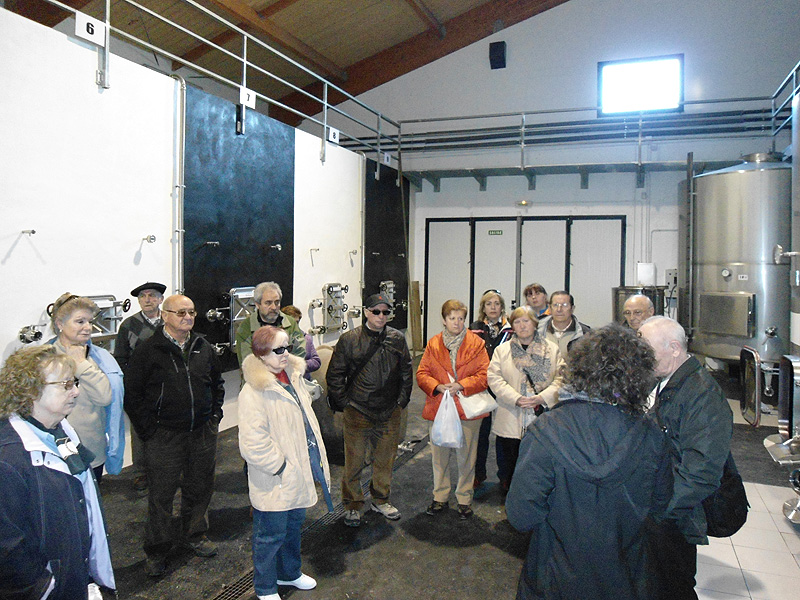
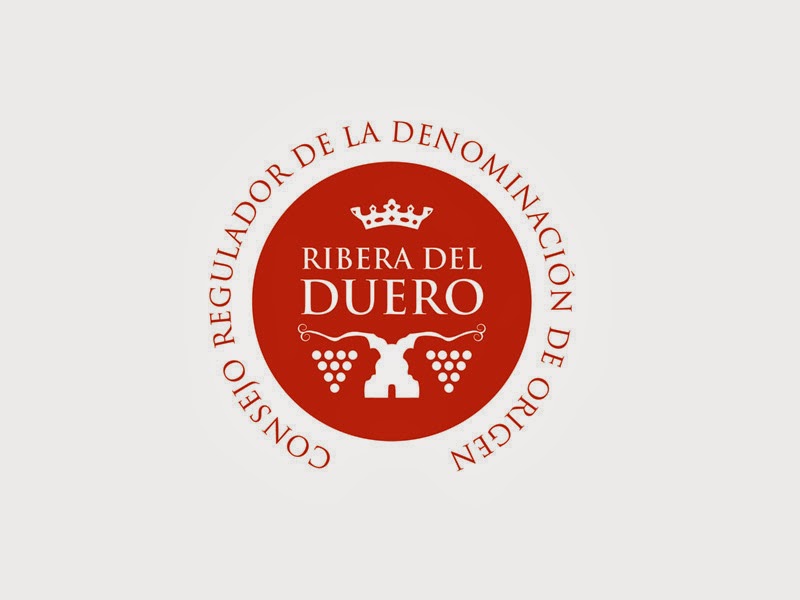





[…] Here you can find further information about wine tours and denominations of origin, but remember we are specialists in customized holidays and we can arrange tours to one, two, three or more different areas to discover these great wines. Please let us know your interests and let us suggest you where to go and what to do during your spanish holidays. Contact us here!! […]